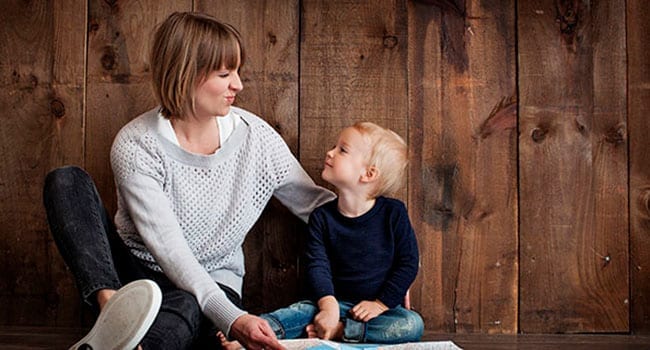 Blended families involving second marriages and step-parenting are common in Canada.
Blended families involving second marriages and step-parenting are common in Canada.
Step-parenting is a sensitive role, often fraught with difficulties. From the time we are small children reading nursery stories, step-parents are portrayed in a negative light. In particular, storybook step-mothers are often wicked and unfair, and this myth sometimes sticks with us as we grow up.
Although the myth of wicked step-parents is not valid, it does point to the sensitive nature of the role and the period of adjustment necessary when a step-parent enters the family dynamic.
In many cases, children don’t accept a new step-parent. Sometimes this individual is blamed for the separation of the biological parents. Other times, they are simply not welcome regardless of circumstances or the contribution they might make to the family.
As a result, the relationship between step-parent and children is often stormy. It can be one of the greatest barriers to the new marriage relationship. Many times, the continued conflict causes great tension and eventual break-up of the relationship.
But there are strategies to make the adjustment a little smoother and lead to successful step-parenting. Here are some tips:
First, it is important to understand that separation, divorce and eventual new relationships are difficult issues for children to understand and adapt to. Although they will eventually get over hurt emotions and adjust to a new situation, it takes time.
Often, children perceive things differently than adults and may worry about loyalty issues concerning the other parent. Don’t use your children as pawns in a power struggle or expect them to carry messages between two households. Respect the importance for them to have positive relationships with both biological parents, as well as new step-parents.
It’s not wise to expect children to react the same way we would expect an adult to react to the situation. However, children should be expected to show respect to their new step-parent. Although relationships can’t be forced before their time, biological parents can and should insist on civil and respectful behaviour toward a step-parent.
Discipline is a necessary part of parenting. In families with step-parents, it may be best to allow the biological parent to take the lead role. If the step-parent takes on the role of disciplinarian, it may simply add fuel to the fire.
With this in mind, it is still important for the step-parent to be involved in setting the rules of the household. The couple should agree on a code of behaviour. It is also important to discuss the rules and punishments that existed before the new marriage occurred. It is unfair to change the rules on a child too quickly.
Parents need to form a unified front. If you disagree over discipline, discuss it when you are alone together. Don’t allow the children to drive a wedge between you by playing you against one another.
It is also important for parent and step-parent to be aware of new roles in the family. Step-parents will need to create a personal relationship with each child and should set aside time to do special things together when the biological parent is not present. However, be careful not to expect an instant love bond to occur. Remember that relationships always take time.
In fact, adjusting to the blended family situation will take time for everyone involved. Often, it can take several years. In the meantime, open and effective communication, patience, a positive attitude and forgiveness are crucial.
Protecting and nurturing the couple relationship is also vital if a blended family is going to be successful. Remember to spend time alone together on a regular basis and affirm one another. Make your relationship a priority and discuss problems as they occur.
Blended families can and do live in harmony and happiness, despite the enduring myths. All it takes is time, patience, consistency and love.
Dr. Paul Latimer is president of Okanagan Clinical Trials and a Kelowna psychiatrist.
The views, opinions and positions expressed by columnists and contributors are the author’s alone. They do not inherently or expressly reflect the views, opinions and/or positions of our publication.


